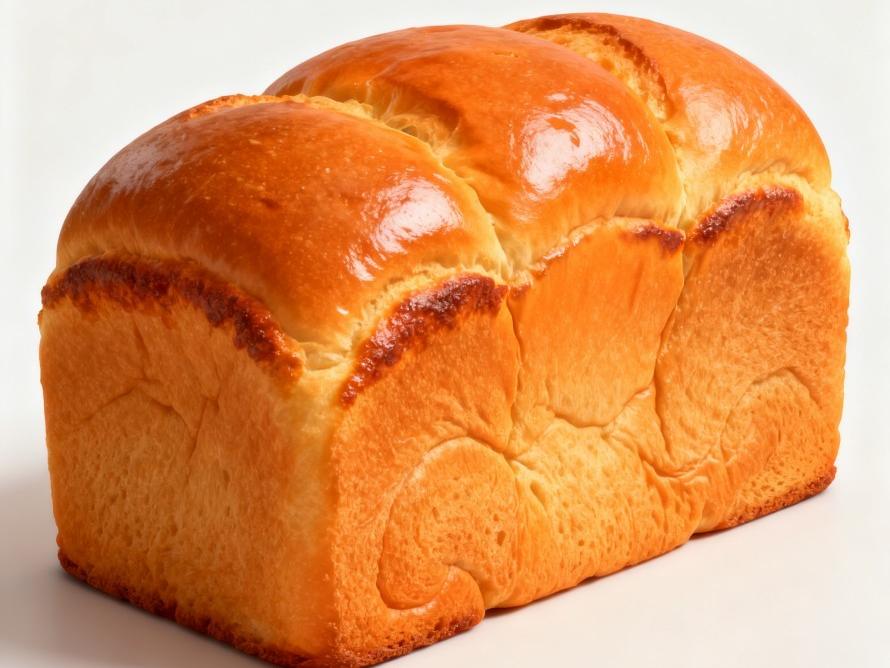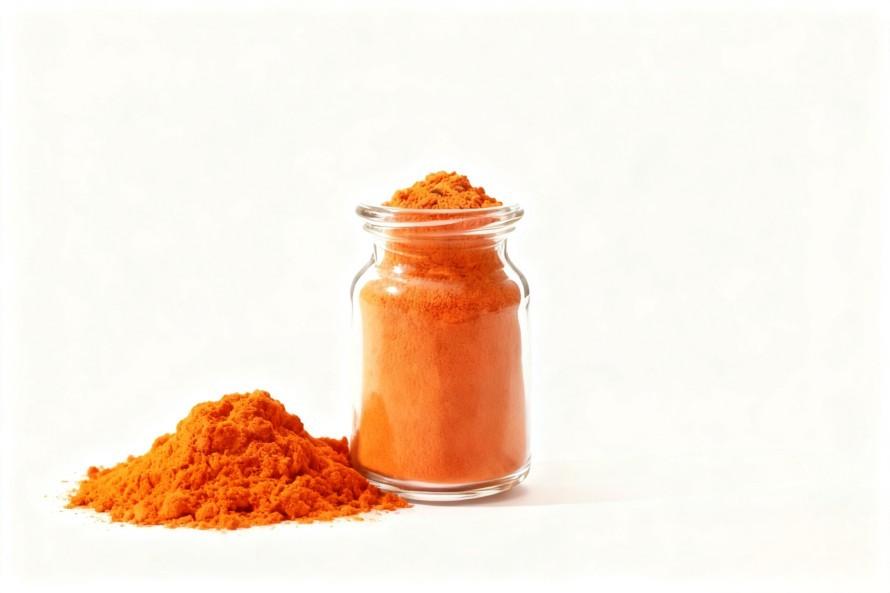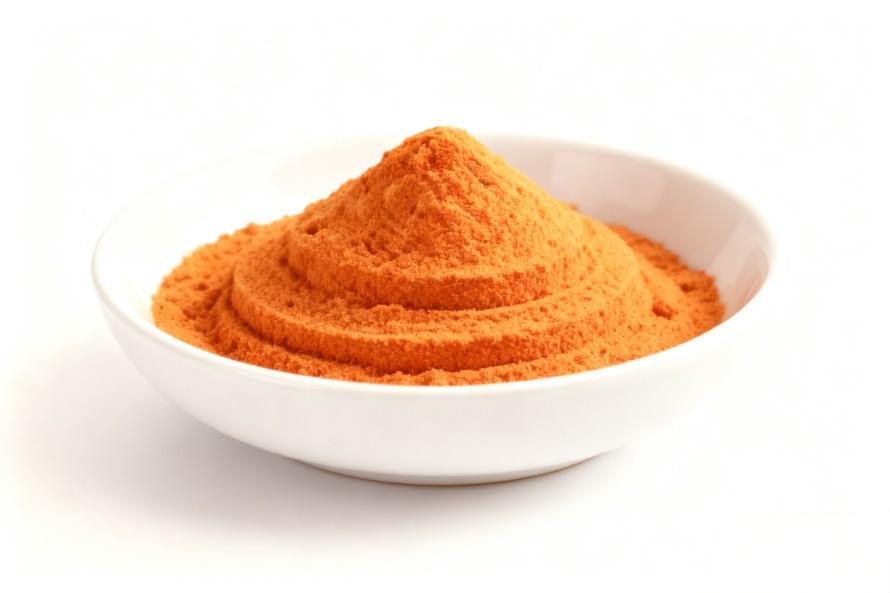Unlock >90% Beta-Carotene Stability for Beverages
When your meticulously crafted beverage sits quietly on store shelves for months, the vibrant, sunlit hue consumers once admired has faded by the time they pick it up—perhaps the beverage industry's most silent quality tragedy. - о, каротин, this dual-purpose hero responsible for both natural coloring and nutritional fortification, often sees its retention rate plummet to 70% or lower during the latter stages of shelf life under the relentless assault of light, oxygen, and temperature. This not only signifies the loss of visual appeal and unfulfilled nutritional promises but, more profoundly, quietly erodes consumer trust В случае необходимостиthe brand.
“How to lock in this vibrancy?” has become the core pain point plaguing countless beverage developers. Today, we propose a clear and measurable quality target: elevating the shelf-life retention rate of beta-carotene in beverages to over 90%. This is not a distant technical concept, but a critical metric impacting product competitiveness, brand reputation, and consumer loyalty. Next, Green Spring Technology will systematically explain how to transform this quality benchmark into a stable norm for your products through source innovation, process optimization, and systematic protection.
1 Why is beta-carotene in beverages so fragile?
To achieve a retention rate exceeding 90%, we must first understand our adversary. Beta-carotene behaves like a delicate “noble” within beverage systems. Its molecular structure features conjugated double bonds that serve as chromophores—yet also represent its most vulnerable “Achilles' heel.” These bonds are highly susceptible to breaking and degradation under attack from three primary “killers”:
1.1 Photooxidation—The “Beauty Trap” of Transparent Packaging
Modern beverages prioritize visual transparency, yet clear packaging leaves β-carotene fully exposed to light. Ultraviolet (UV) radiation, in particular, can directly penetrate molecular chains, triggering photo-oxidative reactions that result in:
* * * * *Color Fading: Vibrant yellow gradually fades to pale yellow or even colorless
* * * * * Activity Loss: Rapid decline in provitamin A activity
· Off-flavor development: Unpleasant odors may emerge during oxidation
1.2Thermal Degradation—The Inevitable “Pain” of Processing
From UHT ultra-high-temperature instant sterilization to pasteurization, thermal processing is essential for beverage safety yet becomes beta-carotene's “ordeal.” At high temperatures:
· Molecular isomerization: The more active all-trans structure converts to less active isomers
· Chain breakage: Molecular chains fracture, directly causing dual loss of color and function
· Cumulative damage: Though individual heat treatments cause minimal loss, the cumulative effect of multiple processes is significant
1.3 Oxygen erosion—The ubiquitous “chronic poison”
Oxygen is beta-carotene's most persistent enemy, present in:
· Dissolved oxygen: Residual oxygen in aqueous systems that is difficult to eliminate completely
· Headspace oxygen: Residual oxygen trapped in the headspace of bottles after filling
· Permeation oxygen: Trace oxygen slowly infiltrating through packaging materials
These oxygen sources continuously launch a “chronic attack” during storage, driving ongoing oxidative degradation.
1.4System Incompatibility—Fundamental “Cultural Mismatch”
β-Carotene is inherently a fat-soluble crystal, creating a fundamental physical conflict with aqueous beverage systems, resulting in:
· Precipitation and sedimentation: Gradual aggregation and settling over time
· Uneven distribution: Formation of concentration gradients within bottles, causing color inconsistencies
· Interfacial oxidation: Increased susceptibility to oxidation reactions at the water-oil interface
Critical Data Warning:
In unprotected transparent PET packaging, β-carotene's half-life may drop to as low as 3 months. During high-temperature seasons, retention rates can fall below 50% before reaching the midpoint of shelf life. This is precisely the fundamental challenge that must be systematically addressed to achieve the 90% retention rate target.
2 Solution One: Source Innovation—Selecting Suitable Raw Materials
To achieve a retention rate exceeding 90%, the most fundamental solution begins with the raw material itself. Traditional β-carotene powders or oils are fundamentally incompatible with aqueous beverage systems—like wearing a cotton padded jacket while swimming. Green Spring Technology has redesigned β-carotene at the molecular level, launching the “DrinkGuard” series specifically engineered for beverages. Its core innovation lies in microencapsulation technology—essentially equipping each β-carotene molecule with a dedicated “protective capsule” and “submarine.” .
2.1 Microscopic Protective Capsule: Triple Protection Mechanism
· Physical Barrier Layer: Dense wall materials strictly isolate light, oxygen, and the active core. Tests show its oxygen-blocking efficiency exceeds traditional products by over 5 times.
· Light-Reflecting Shield: Special components in the wall material efficiently reflect harmful UV rays, boosting light stability in transparent packaging by 300%.
· Thermal Buffer Zone: Unique wall material combinations absorb and disperse heat energy, achieving 98% active ingredient retention during UHT sterilization (138°C/4s).
2.2 Smart Release & Perfect Compatibility
· Hydrophilic Outer Layer: Hydrophilic modification of microcapsule surfaces enables instant dispersion in cold water, preventing sedimentation and bottle wall adhesion.
· pH Guardian: Special acid-resistant formulation withstands acidic environments (pH 2.8–4.2), ensuring stability in juices and vitamin drinks.
· Homogenization Companion: Microcapsule structure withstands mechanical impact during high-pressure homogenization without protective layer rupture.
Key Performance Data (“Green Spring” Series vs. Conventional Materials)
Test Items | “Green Spring” Series | Standard Ingredients |
Light Stability (5000LX, 7 days) | Retention Rate 95% | Retention Rate 32% |
Heat Stability (90°C, 30 min) | Retention Rate 96% | Retention Rate 58% |
6-Month Shelf Life Prediction | Retention Rate ≥92% | Retention Rate Approx. 45% |
Cold Water Dissolution Time | <30 sec | Incomplete Dissolution |

Precision Matching for Application Scenarios
· “Green Spring” - Transparent Type: Designed specifically for clear beverages, featuring high light transmittance and ultimate light stability
· “Green Spring” - High Concentration Type: Ideal for highly diluted concentrated beverages, offering strong coloring power
· “Green Spring” - Acid-Resistant Type: Special formulation optimized for citric acid and malic acid systems
Choosing the “Green Spring” series establishes a robust first line of defense at the raw material stage, laying a solid foundation for achieving the 90% retention rate target. This represents not merely a raw material upgrade, but a complete reconstruction of the product quality system.
3 Solution Two: Process Optimization — Crafting a Gentle Processing Journey
Even with optimal raw materials, harsh processing can undo all progress. Achieving 90% retention requires crafting a “gentle journey” for beta-carotene at every production stage.
3.1 Precision Thermal Management—Capturing the “Golden Balance Point” in Sterilization
Heat treatment is an unavoidable “necessary evil,” but precise control minimizes damage.
· Temperature-Time Balance: Employing higher temperatures and shorter durations (e.g., UHT at 138°C/4s) while achieving sterilization reduces β-carotene damage by over 40% compared to prolonged pasteurization (85°C/30min).
· Recommended Processes:
· UHT Preferred: Instantaneous high heat is gentler on heat-sensitive components.
· Optimized HTST: For high-temperature short-time sterilization, maintain temperatures between 90-95°C for 15-30 seconds.
· Avoid Repeated Heating: Strictly prohibit multiple reheating stages during processing.
3.2 Extreme Deoxygenation—Eliminating the “Invisible Killer”
Oxygen acts as a chronic killer throughout shelf life and must be maximally removed before filling.
· Degassing Process: Use vacuum degassing equipment to control dissolved oxygen content in the liquid to ≤0.5 ppm.
· Headspace Nitrogen Flushing: Immediately flush with nitrogen after filling to reduce headspace oxygen concentration to ≤2%. This is a cost-effective yet highly effective critical step.
· Packaging Barrier Properties: Select high-barrier PET bottles or Tetra Pak containers with oxygen transmission rates below 0.5 cc/pkg·day.
3.3 Scientific Formulation — Creating a Harmonious “Internal Environment”
Preventing ingredient interactions within the formula is crucial for internal quality control.
· Avoid strong oxidizing agents: Prevent direct combination with vitamin C (ascorbic acid) at high concentrations. If simultaneous addition is necessary, employ separate encapsulation or staged addition processes.
· Monitor metal ions: Strictly control iron and copper ion levels in raw materials, or add appropriate chelating agents (e.g., disodium EDTA) to eliminate oxidation reaction catalysts.
· pH management: Stabilize final product pH between 3.5–4.2, creating a mildly acidic environment that inhibits microbial growth.
3.4 Process Optimization Validation
A juice beverage manufacturer achieved significant results after implementing these optimizations:
· β-carotene loss during sterilization reduced from 25% to 8%
· Retention rate in the 6-month accelerated test increased from 51% to 85%
· Combined with Green Spring Technology's “Drink & Protect” series ingredients, the final shelf-life retention rate target of 92% was achieved.
3.5 Process Self-Check Checklist
· Is a high-temperature, short-time (HTST) sterilization process employed?
· Is dissolved oxygen ≤0.5 ppm after degassing?
· Is nitrogen flushing implemented?
· Are there any clear formulation incompatibilities?
· Does packaging meet oxygen barrier requirements?
4 Partner with Green Spring Technology for mutual success
We provide the following resources for this project:
· Dedicated Technical Manager: Assign an exclusive application engineer for one-on-one support
· 48-Hour Response: Guaranteed professional technical answers within 2 business days
· Shared Lab: Schedule access to our application lab for joint testing
Act now to get your customized solution
Contact us via any of the following channels to begin your quality enhancement journey:
· Service Hotline: +86 29 88313578
· Technical Consultant: +86 13649243917 (WeChat/WhatsApp)
· Business Email: helen@greenspringbio.com
· Official Website: https://www.greenspringnatural.com/
Фирма Let's collaborate to turn a 90%+ retention rate from a goal into a stable quality reality through systematic technical solutions!
Ссылка:
[1] Michaud D S ,et al. Intake of specific carotenoids and risk of lung cancer in 2 Перспективы на будущее В США В. когорты [J]. Журнал по теме Клиническое питание,2000,72(4) :990-997.
[2] BENDICH A. Carotenoids and the Immune Response [J]. The Journal of Nutrition ,1989,119(1) : 112-115.
-
Предыдущий
Securing Your Supply: Green Spring's High-Standard, Stable Natural Beta-Carotene Ingredient
-
Следующий проект
Natural Beta-Carotene Ingredients Drive Innovation in Health Supplements


 Английский язык
Английский язык Французский язык
Французский язык На испанском языке
На испанском языке Русский язык
Русский язык Корейская народно-демократическая республика
Корейская народно-демократическая республика На японском языке
На японском языке





